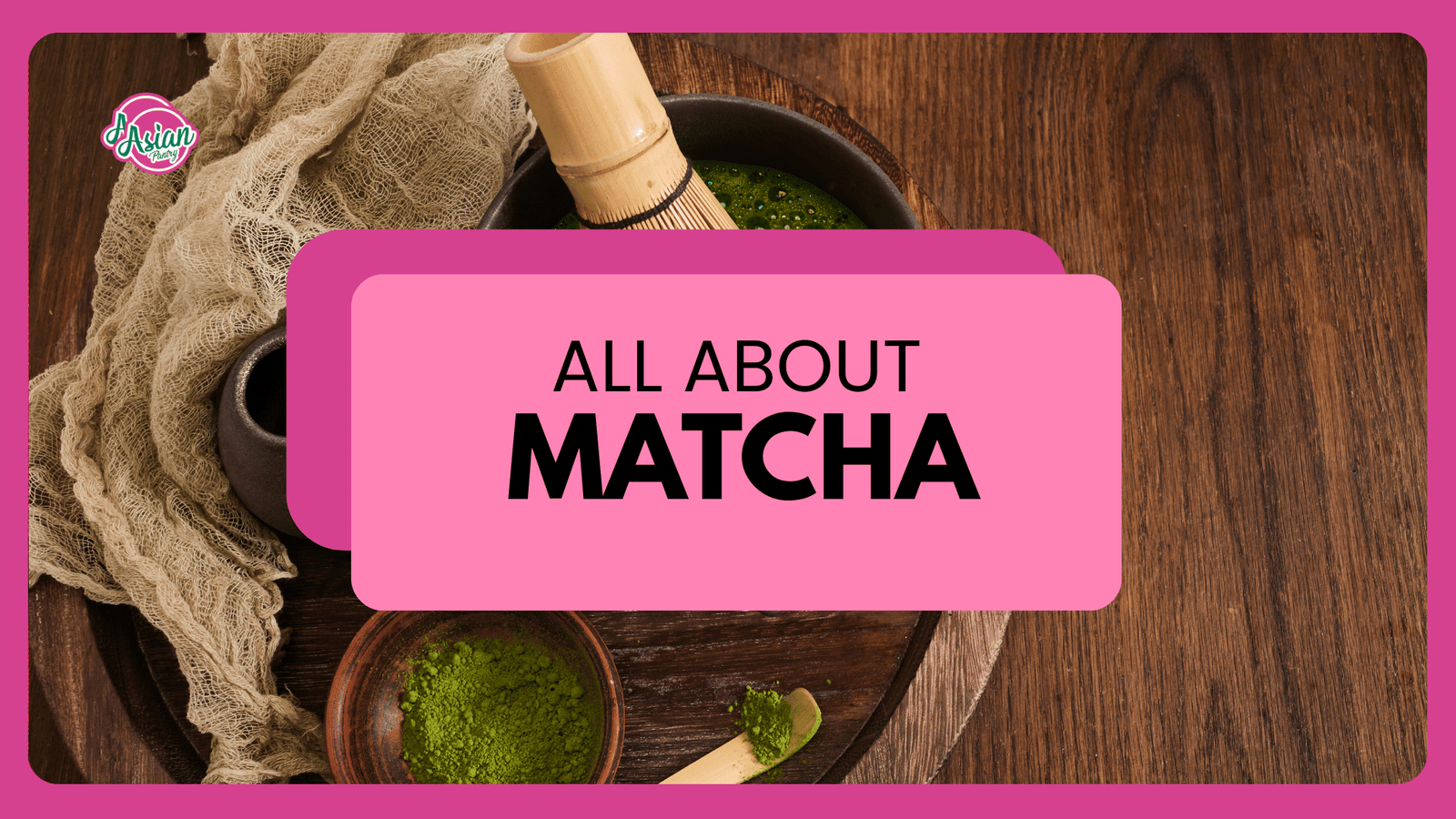There is something calming about that vibrant green cup of matcha. Smooth, earthy, slightly sweet, and full of character, it has become a daily ritual for many. Whether you have seen it prepared in a Japanese tea ceremony or mixed into a creamy latte, matcha powder has a fascinating story.
This guide explains what matcha powder is, how it is made, its benefits, and how to prepare it properly at home.
Fact Box
| Attribute | Details |
|---|---|
| Origin | Japan |
| Plant | Camellia sinensis (green tea) |
| Process | Shade-grown, steamed, dried, stone-milled |
| Typical caffeine | About 60–70 mg per 2 g (1 tsp) |
| Flavour | Umami, grassy, slightly sweet |
| Uses | Tea, lattes, smoothies, baking, desserts |
| Storage | Airtight, cool, dark. Best used within 60–90 days |
TL;DR Summary
- Matcha powder is finely ground Japanese green tea made from shade-grown leaves.
- You consume the entire leaf instead of steeping it.
- It contains antioxidants and a gentle energy boost from caffeine and L-theanine.
- Use 2 g powder with 70–80 °C water and whisk until frothy.
- Keep it sealed and away from light to preserve colour and aroma.
What Is Matcha Powder?

Matcha powder comes from green tea leaves that are shaded for several weeks before harvest. The shading process increases chlorophyll and amino acid levels, giving matcha its deep green colour and smooth flavour. After harvesting, the leaves are steamed, dried, and stone-milled into a fine powder.
The tradition of producing matcha began centuries ago in Japan, particularly in regions such as Uji and Nishio, which remain famous for high quality matcha production.
Matcha and Regular Green Tea
- Green tea involves steeping the leaves and discarding them after brewing.
- Matcha powder is ground from whole leaves, which means you drink the entire leaf.
This gives matcha a stronger taste, a richer texture, and a signature umami flavour.
Health Benefits and Considerations
Matcha is rich in catechins, a type of antioxidant that helps protect the body from oxidative stress. It also contains L-theanine, an amino acid that encourages calm alertness while balancing the effect of caffeine.
Many people prefer matcha to coffee for a smoother energy lift. One teaspoon, or roughly 2 g, contains about 60–70 mg of caffeine. Enjoy in moderation. One or two servings a day suits most adults.

How to Make Matcha at Home
You will need:
- 2 g (1 tsp) matcha powder
- 60–80 ml water at 70–80 °C
- A bowl (chawan) and a bamboo whisk (chasen)
- Sift the matcha to remove clumps.
- Add a small amount of warm water and whisk into a smooth paste.
- Pour in the remaining water.
- Whisk briskly in a zigzag motion until a fine foam appears.
For a thicker style, known as koicha, use double the powder and half the water.
Matcha latte: whisk the powder with a little water, then top with hot or cold milk. Sweeten to taste.
Grades of Matcha and How to Choose
- Ceremonial grade: finest flavour and brightest colour. Ideal for traditional tea.
- Premium grade: balanced flavour. Good for daily drinks and lattes.
- Culinary grade: stronger flavour that suits baking and smoothies.
Choose matcha with a vivid green colour and fine texture. Look for Japanese origin and sealed packaging to maintain freshness.
Storage and Shelf Life
Matcha is sensitive to light, air, and heat. Store it in a tightly sealed container in a cool, dark place. After opening, aim to finish it within two to three months for the best taste. You can refrigerate it if the container is airtight.
Quick Recipes to Try

Classic Matcha Latte
- Whisk 1 tsp matcha with 60 ml hot water.
- Add 200 ml steamed milk of your choice.
- Sweeten lightly if you prefer.
Iced Matcha
- Shake 1 tsp matcha with 150 ml cold water and ice.
- Add sparkling water or lemonade for a refreshing twist.
FAQs
Is matcha powder gluten free?
Yes. Pure matcha is made from tea leaves, which are naturally gluten free. Check labels when buying flavoured or blended options.
Does matcha powder break a fast?
Plain matcha mixed with water usually does not break a fast, as it contains very few calories. Adding milk or sweeteners will change that.
Is matcha safe during pregnancy?
Matcha is typically safe when consumed in moderation, but check with a healthcare provider because it contains caffeine.
How much matcha should I drink daily?
One to two servings per day, each using around 2 g of powder, fits most adults.
What is the difference between Japanese and Chinese matcha?
Japanese matcha is shade-grown, steamed, and stone-milled for a smooth, rich taste. Chinese green tea powders are usually pan-roasted, creating a different aroma and colour.
Shop Matcha

Explore quality matcha powder, drinks, and snacks at Asian Pantry’s Matcha Range.
References
- Japanese Tea Association, Matcha Production and Grading Standards (2023).
- Food Standards Australia New Zealand (FSANZ), Caffeine Content of Foods and Beverages (2024).
- Ministry of Agriculture, Forestry and Fisheries of Japan, Japanese Green Tea Varieties and Processing Techniques.

